Having a Snake Plant in your home should be at the top of your list! They are great for beginners because they adapt well to any lighting situation and don’t require frequent waterings (usually about every 2-3 weeks!) Their structural vibe will take your decor up like 50 levels, and they are perfect to give as a gift!! Oh and did I mention that they filter the air in your home better than any other houseplant? Yep. Snake plants are going to rock your world!!
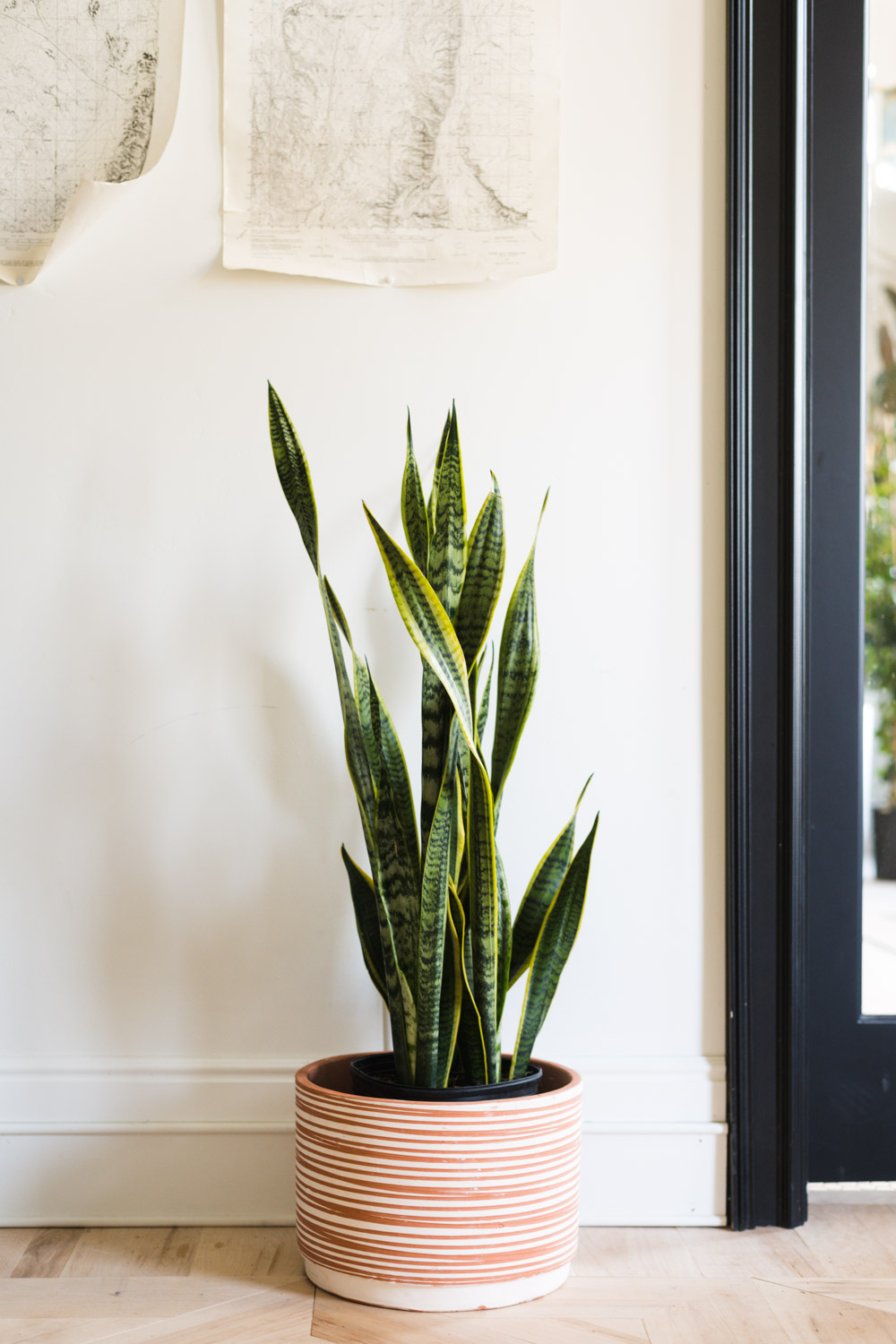
Here’s The Gist Of It:
To grow and maintain a healthy snake plant, what you really ought to know is this:
- A snake plant can grow in just about any room in your house.
- They are low maintenance when it comes to water, light, AND soil.
- Water moderately when the top inch of soil is completely dry. About once every two to three weeks.
- More indirect sunlight will result in a faster growing plant while less sunlight will result in a slow growing plant. Either way, the snake plant will stay alive in most lighting conditions!
- Snake plants like a smaller pot – a pot that’s just a bit wider than the base..
If you want screaming success with your snake plant, read on my friend! This guide is sure to give you all the info you need to see your houseplant THRIVE!
A Snake by Any Other Name…
The snake plant – mother-in-law’s tongue – bowstrings hemp – or biologically, Sansevieria. We’ll lovingly call them Sans, that’s what the cool kids do.
Sansevieria are fun because they have such a unique shape and color scheme. Their huge green stalks add variety to the typical houseplant collection. They’re is on my list of best low light house plants and I’m going to tell you everything you need to know to keep this green beauty happy and healthy in your home. (hint: it’s not a lot because they’re really low maintenance!)
Why Snake Plants are the Absolute Coolest
Snake plants filter air better than any other indoor houseplant! Crazy right?! I would’ve thought something with huge bushy leaves would be the best at filtering (IDK why, more surface area?) But this simple fact means that I have a Sans in almost every room in my house!
Snake plants are also very very hard to kill. They happily hang out in low light and thrive on infrequent waterings (perfect for those of use that struggle to remember to wear deodorant, let alone water our plants).
They also bounce back from the brink of death really easily. So if for some chance your dude is struggling, you will still have time to correct it before it gives up the ghost!
Snake Plant Varieties
There are loads of Sansevieria varieties, here are some of my favorite!
Sansevieria trifasciata ‘Black Gold’ (taller variety) or ‘Black Jack’ (shorter variety)
Black Gold and Black Jack are the most common variety, when you think of snake plants you usually think of these guys wither their shock of yellow on the outer edges of the leaves.
Sansevieria trifasciata ‘Black Robusta’ (taller variety) or ‘Futura Robusta’ (shorter variety)
Black Robusta and Futura Robusta are dark green with a lighter variegation running horizontally through the leaves.
Sansevieria trifasciata ‘Golden Hahnii’
Birds Nest Sans are a variety family where the short leaves curl back, and take on the shape of a birds nest!
Sansevieria trifasciata ‘Cylindrica’
Cylindrica Snake Plants are SO COOL. The leaves are thick, round, and very firm, with a tough skin. And they come with a few different varieties themselves!
Some stick straight in the air like this Cylindrica
Some have long arms that spread up and out.
And some resemble other things, like this Starfish Sansevieria
The best part is that they all thrive on less than ideal light and water conditions!!
Anatomy of a Snake Plant
Sansevieria are known for their long blade shaped leaves. The green on it is usually variegated and when they’re healthy they stand straight in the air. They always remind me of Honey I Shrunk the Kids, because they look like GIANT blades of grass!
The roots of snake plants are called Rhizomes. This means that that growth can happen on multiple places on the root system at the same time. They are easy to divide, and when planted outside will spread. The roots are very shallow, especially considering how tall the plant can grow. You can plant them in a more shallow container if you want, but the extra soil in a regular sized container can help counter balance the long leaves and keep it from tipping over.
Soil For Your Snake Plant
Unlike other high maintenance house plants, the snake plant doesn’t require fertilizers or plant food to grow. BUT they would grow a bit faster if you fed them a little more.
They also aren’t very picky about which type of soil you use. You don’t have to plant them in an indoor potting mix or specialty soil. Honestly, you could probably dig up whatever is out back and it would be fine! However, I would recommend using half garden soil and half cactus soil. The snake plant has really strong roots that can easily work their way through rocky soil. And the added rock in the cactus soil sets your plant up with a great natural drainage system.
Sunlight For Your Snake Plant
The snake plant adapts really well to most lighting conditions. Especially when it’s grown indoors, you won’t have to worry about him getting too much direct sunlight. Ideally, our friend prefers lots of indirect sunlight. But again (and I cannot stress this enough), you could keep a snake plant alive in a basement bathroom.
Watering Your Snake Plant
The Snake plant is an extremely low maintenance house plant. It’s almost as drought tolerant as a cactus. Watering is infrequent and only when the top two inches of soil are bone dry do you water it again! I check mine about every two weeks.
Tip – Water with room temp water to avoid scaring the leaves.
Plants need nutrition, just like humans! The absolute best fertilizer that you can use is Happy Happy Houseplant Plant Food. It is LIFE CHANGING. It comes in a cute bottle that you can keep on your counter, and you use it every single time you water. You’ll never forget to feed it because it’s so consistent! And it is an absolute miracle!! New growth galore!!
Potting Your Snake Plant
Smaller pots are better when it comes to the snake plant. They grow faster in a smaller pot because they like a crowded root system.
Tip: Most Sans will come in a fairly thin black plastic pot. As the roots systems become more developed, they can bulge and even break the plastic pot. If you need to get the plastic pot off your plant without damaging the roots, just take a pair of scissors and cut the pot away from the root system. See how out of round the planter is in the picture below? These guys have seriously strong roots!
Does My Pot Need To Have Drainage Holes?
Yes, yes, and yes. Always. Set yourself up for success with your houseplants by including a great draining system in each potted plant. Without a great drainage system, the water that the plant doesn’t need sits and causes mold, fungus, and root rot. A overwatered, poorly drained plant is a recipe for disaster. Layer rocks/gravel at the bottom of the pot, then add your soil mixture.
But some planters don’t have draining holes! If you bought yourself a super cute planter only to realize it didn’t have a hole in the bottom, don’t stress too much. A planter without drainage holes can still house a snake plant. I’m telling you, these are the toughest houseplants! Layer the bottom of your pot with gravel, add your soil and your snake plant. Don’t worry about a water tray. The rocks act as your water tray, allowing the soil to let go of unnecessary water and avoid root rot. Because the snake plant is so dang durable, this will likely be just fine. Couple this with the infrequent watering and your snake plant will be just fine.
Pruning Tips
There are a few cases in which you’ll want to prune your snake plant. It could be outgrowing the pot you have it in. The leaves may have fallen over or turned brown. In any case, pruning is pretty simple:
- When you cut the stalk, it’ll ooze a bit and that goo is mildly poisonous. Guys, I can’t believe I’m typing this, but don’t eat it.
- Cut damaged or dropping leaves near the base of the plant. Don’t throw these cuttings away!! They can be propagated into new snake plants!
Buying A Snake Plant
Check with growers around town. These houseplants are super tough. They transport well. And they’re easy to propagate. They can be a little on the expensive side if you’re snagging them from a nursery (around $50-$100 for a full size one) but I see them all the time at Home Depot for half that price. I just scored some at a local nursery for $12.98, and a lot of IG comments mentioned getting them at Walmart for $10. So if you’re in the market, check your local hardware store garden first. If they don’t have them, you’re sure to find them at your local nursery.
Favorite Places For Growing A Snake Plant In My Home
Remember when I mentioned earlier that almost all of my rooms have a snake plant in them? That’s not a joke. They do well everywhere like this colorful desert nomad room!!
Even in our desert climate, we can grow snake plants outside. I keep them in the pot (because they like a crowded root system) and out of direct sunlight. They do really well on our north facing porch or on our gorgeous patio!
Troubleshooting A Sick Snake Plant
I asked on Instagram last week if you guys would send in pictures of your dying snake plants, and these are some of them!!
If your snake plant is anything less than green and full, there has to be something wrong with it. Because the snake plant is so good at adapting to most lighting situations, it’s usually a case of over or under watering. Usually over watering, remember Sans thrive on neglect. Just watch for the signs below and follow through with the corresponding treatment:
Why does my snake plant have bloated brown slimy leaves?
Likely cause/solution: Your snake plant is waterlogged! This only happens when you’re overwatering your houseplant. Prune waterlogged leaves. Cut back on the watering and if the problem is still occurring, maybe your pot isn’t draining very well. Try repotting.
Why does my snake plant have brown crunchy leaves?
Likely cause/solution: The snakes are thirsty. Water more frequently.
Why are the tips of my snake plant leaves brown and dry?
Likely cause/solution: Infrequent watering. Create a more consistent watering schedule.
Why are the leaves of my snake plant scarred or splitting?
Likely cause/solution: The snake plant is getting too much action. Maybe it’s in a high traffic zone and being touched too often by hands or people walking by. This scarring doesn’t hurt the snake plant, it just makes it look less than perfect! If it makes you crazy, you can snip the leaves
Why are the leaves on my snake plant droopy?
Likely cause/solution: This can be another sign of overwatering. Be sure to water only when the top two inches of soil are completely dry. Also, look at the container that your plant is in. Is it pretty shallow? Having wiggle room at the base of the plant can absolutely cause the leaves to appear droopy, when in reality they just need to be put in a different planter! (That is what is happening in the picture above!
Why are the leaves of my snake plant shriveled up and wrinkled?
Likely cause/solution: This can be caused by the plant freezing! If you left him outside too long on a cold day or the plant is in direct line of a cold draft when the door opens. This can also be caused by underwatering. Check the soil
Why are the leaves of my snake plant covered in white spots?
Likely cause/solution: Your snake plant has scale! These little creatures will completely cover the leaves and suffocate them. Cut this leaf off and throw it away. Removing all of the other bugs from the remaining leaves is also super important as the scale will divide and take over again. To remove the scale use a mixture of 1 liter water + 1 tablespoon of vinegar and clean each leaf thoroughly by wiping it off every 2 days until the scale disappears.
Why is my snake plant tiny and not growing?!
Likely cause/solution: I got this question SO MUCH, and as I looked through the pictures I saw that for most asking, there wast a problem with their snake plant growing, the just didnt know the variety that they had purchased! If you’ve got a plant that seems stunted, it might be the mini version!
Anything Else You Should Know?
But of course! Below are just a few more tidbits to keep in mind if you’re growing your own snake plant. Let me know if I missed anything! If you have questions about your snake plant (or any of your houseplants) that I didn’t answer here, please reach out! And as always, love your guts. –Mandi
Green Thumb Still Itching? Check out these popular posts as well!
- The Ultimate Guide to Rubber Plants
- Mandi’s Master List of Low Light Indoor Plants
- STOP KILLING YOUR PLANTS!! The Parable of the Accessory Plant
[mv_create key=”2″ layout=”circles” title=”The Essential Houseplant Master List ” type=”list”]

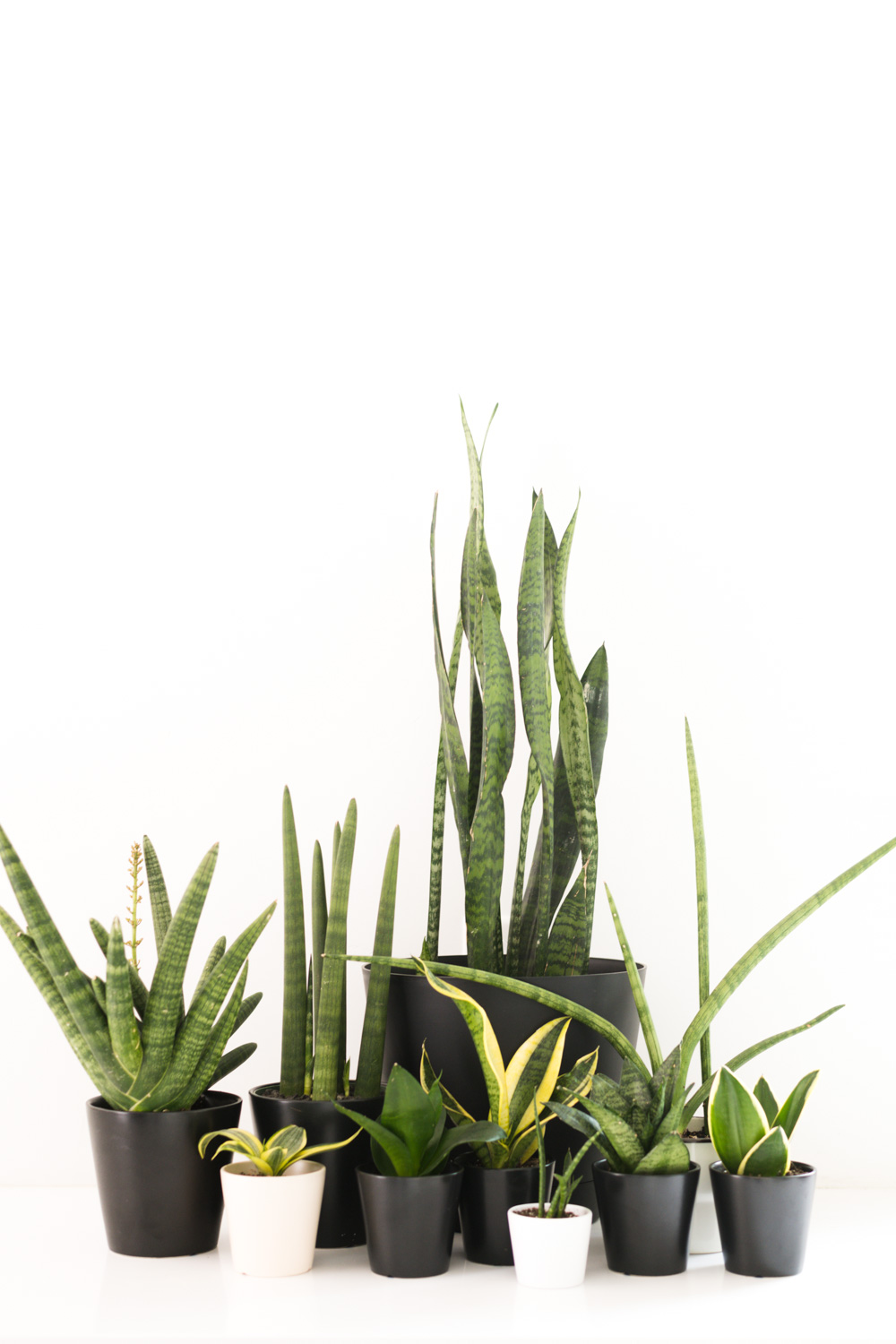
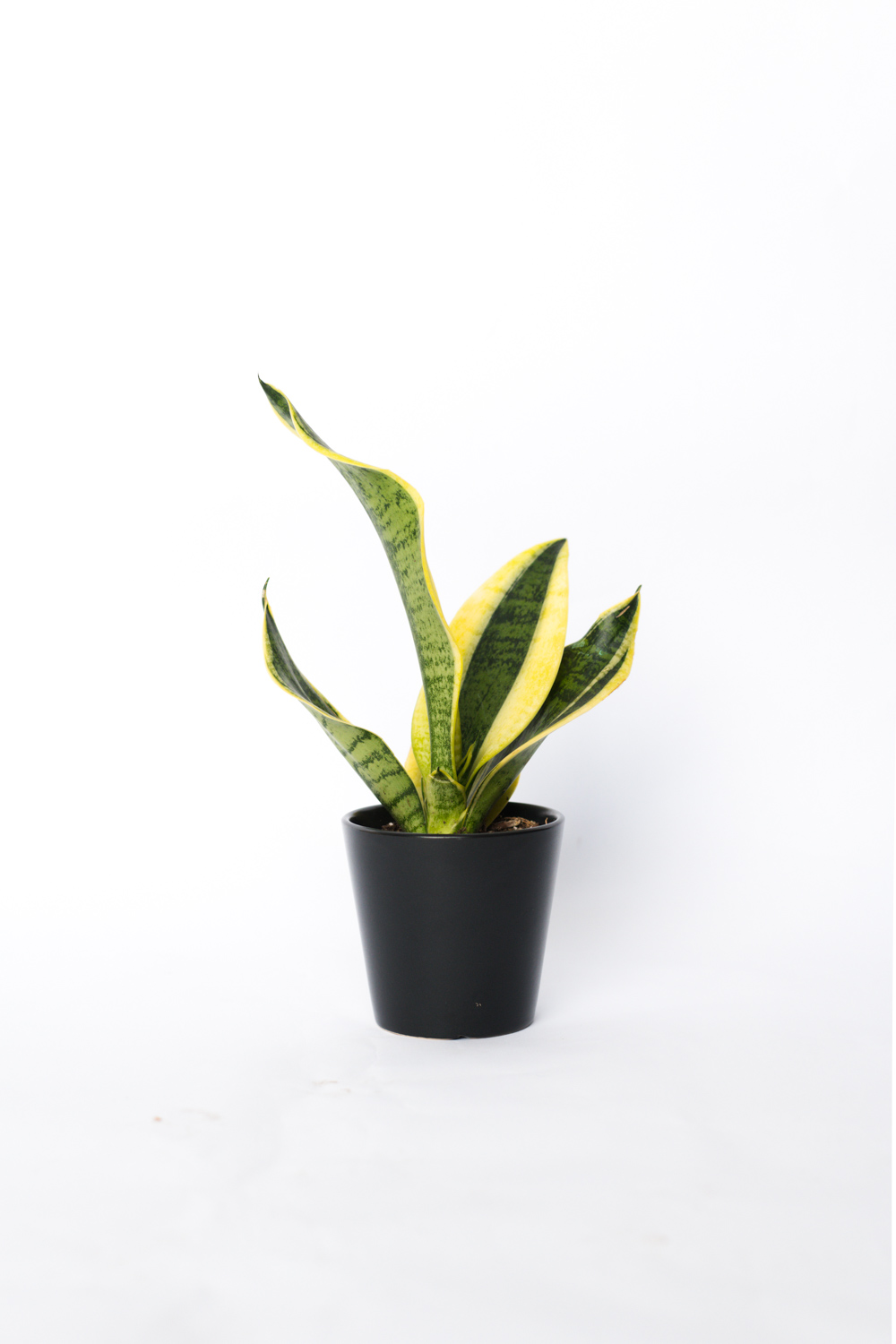
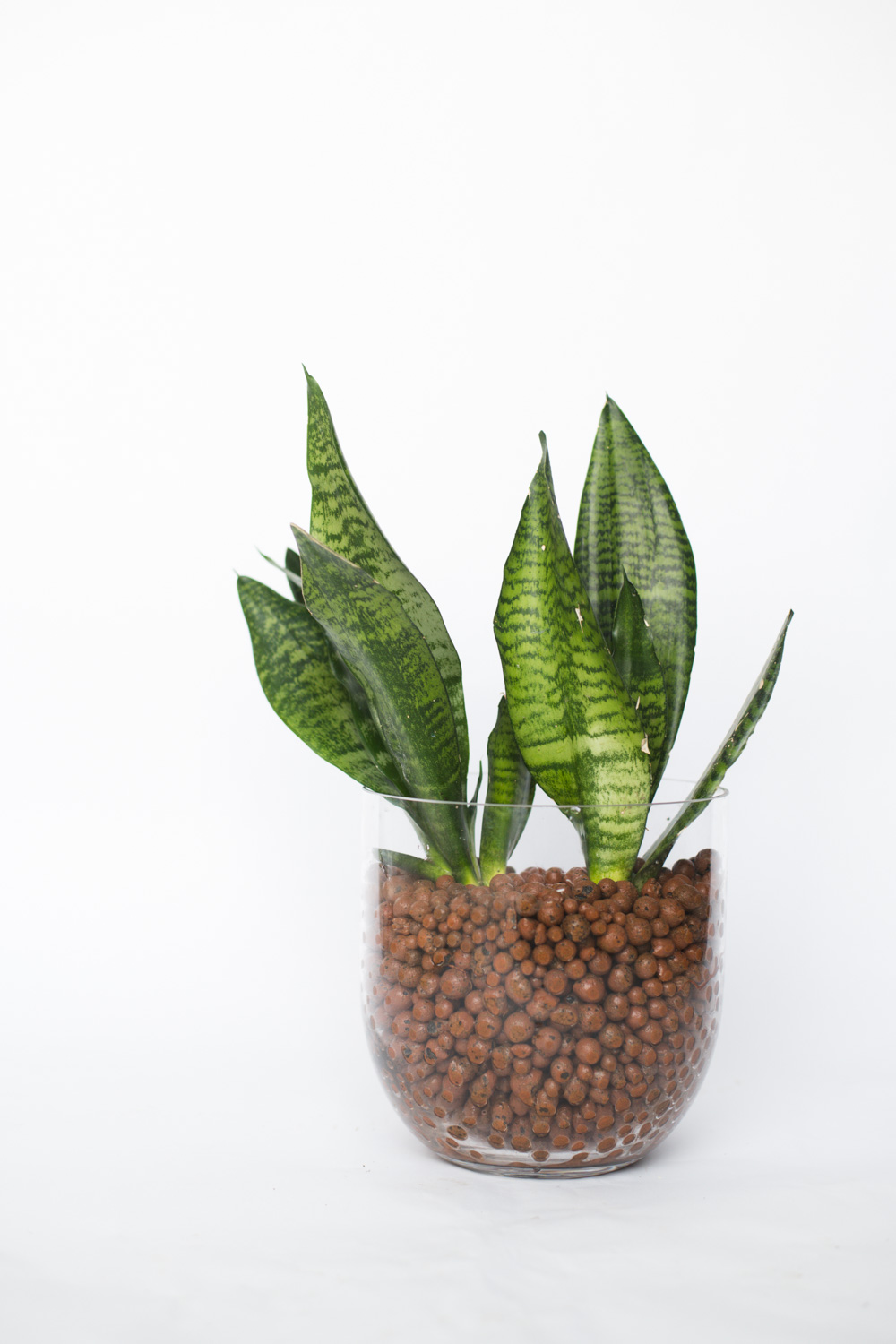
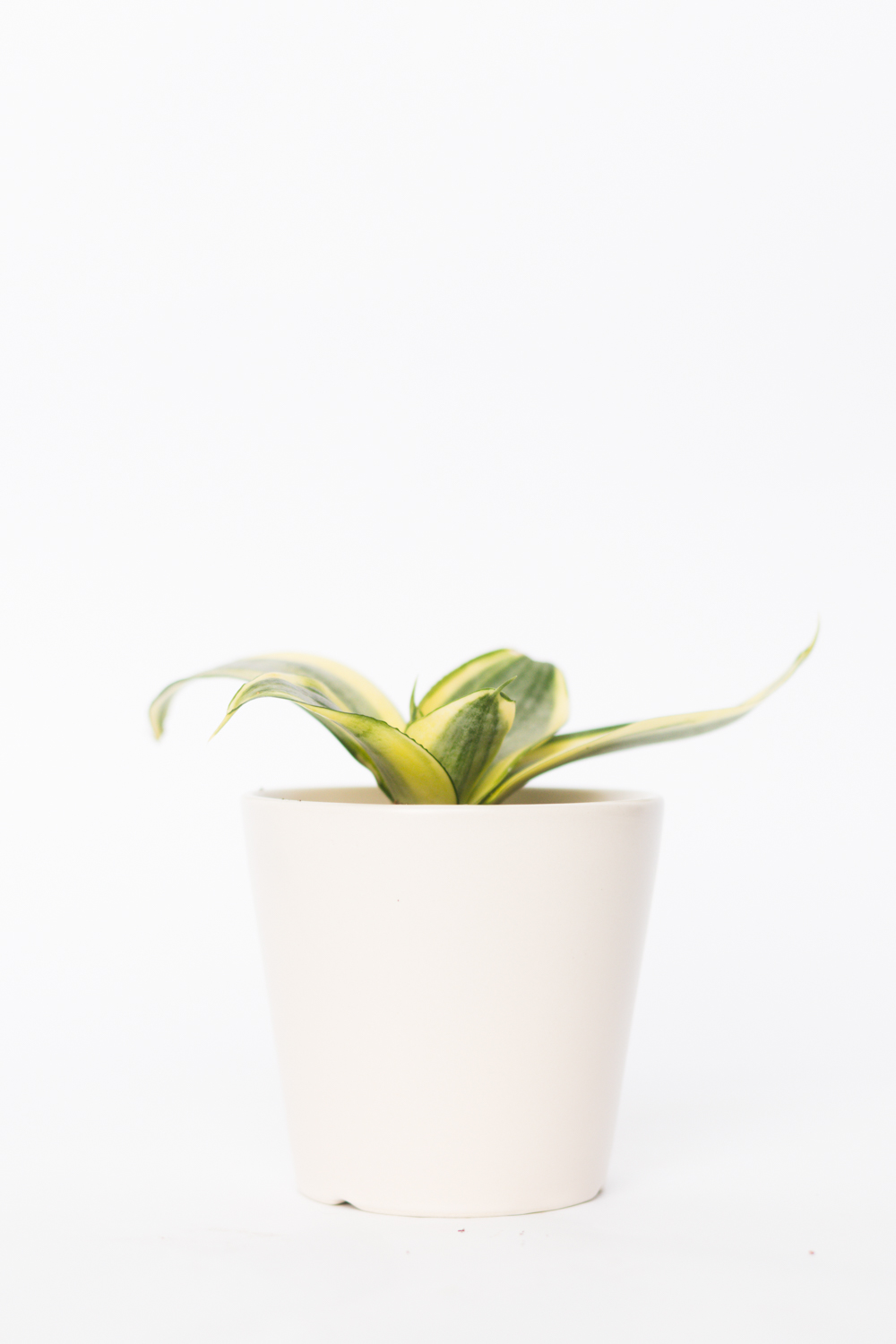
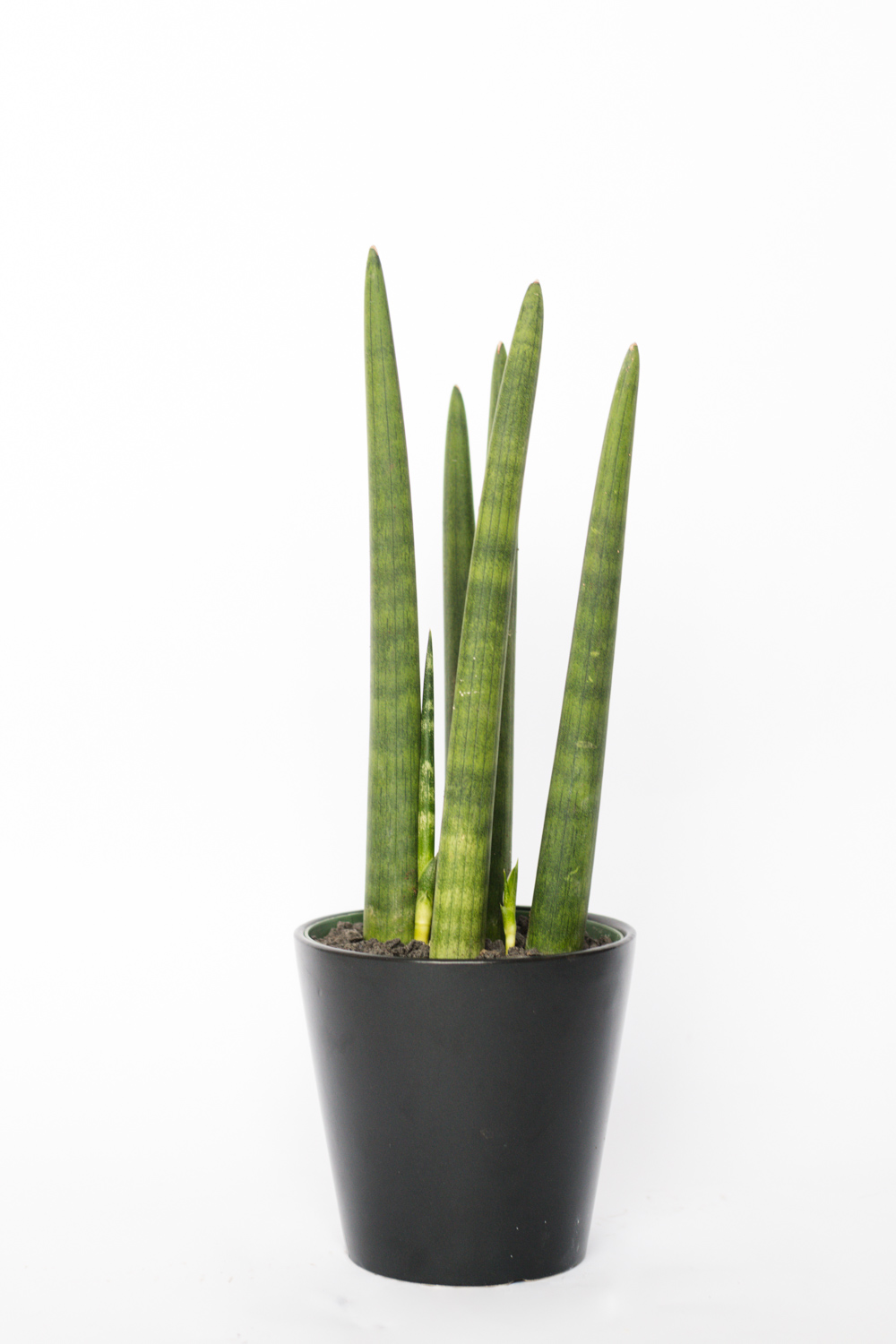
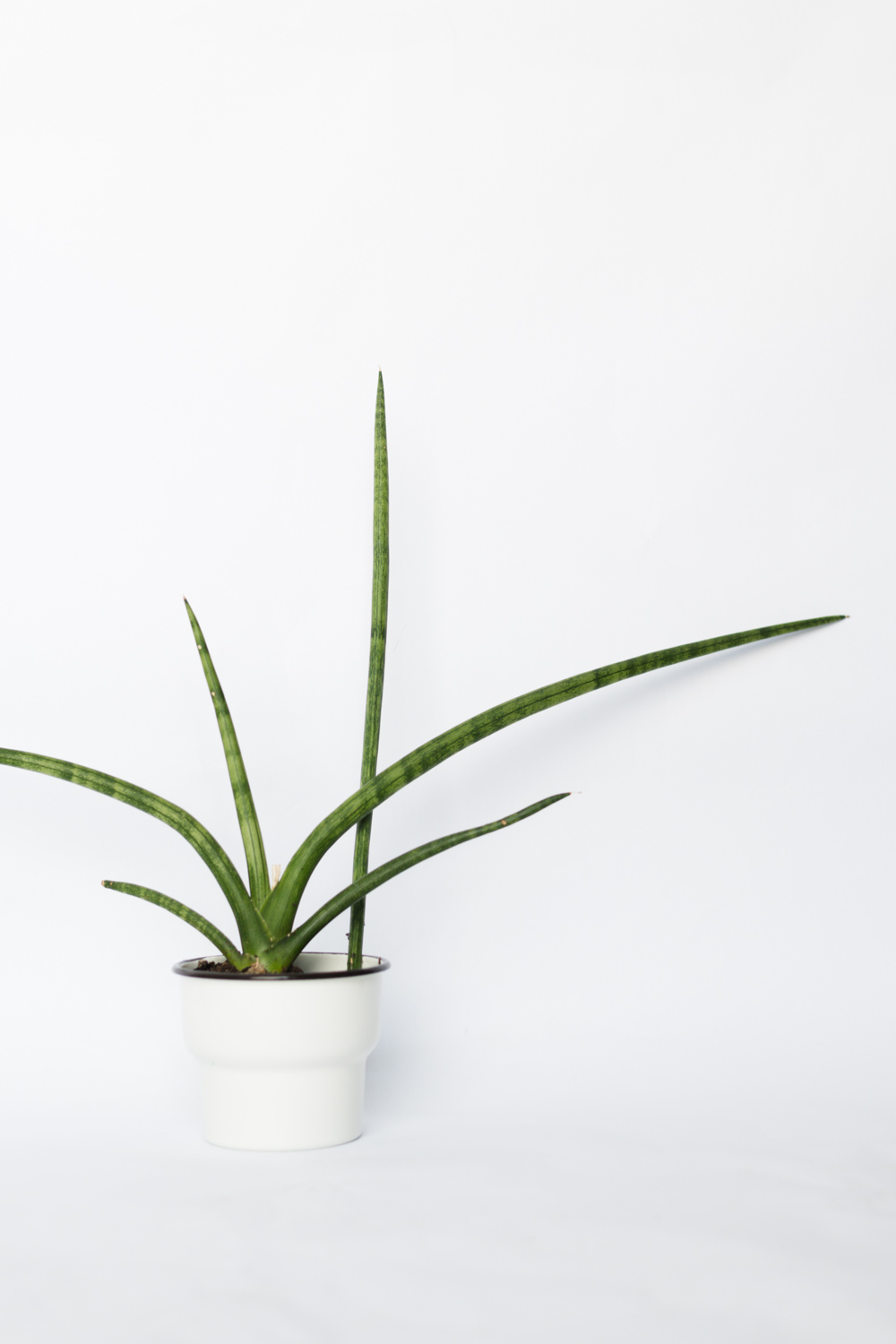
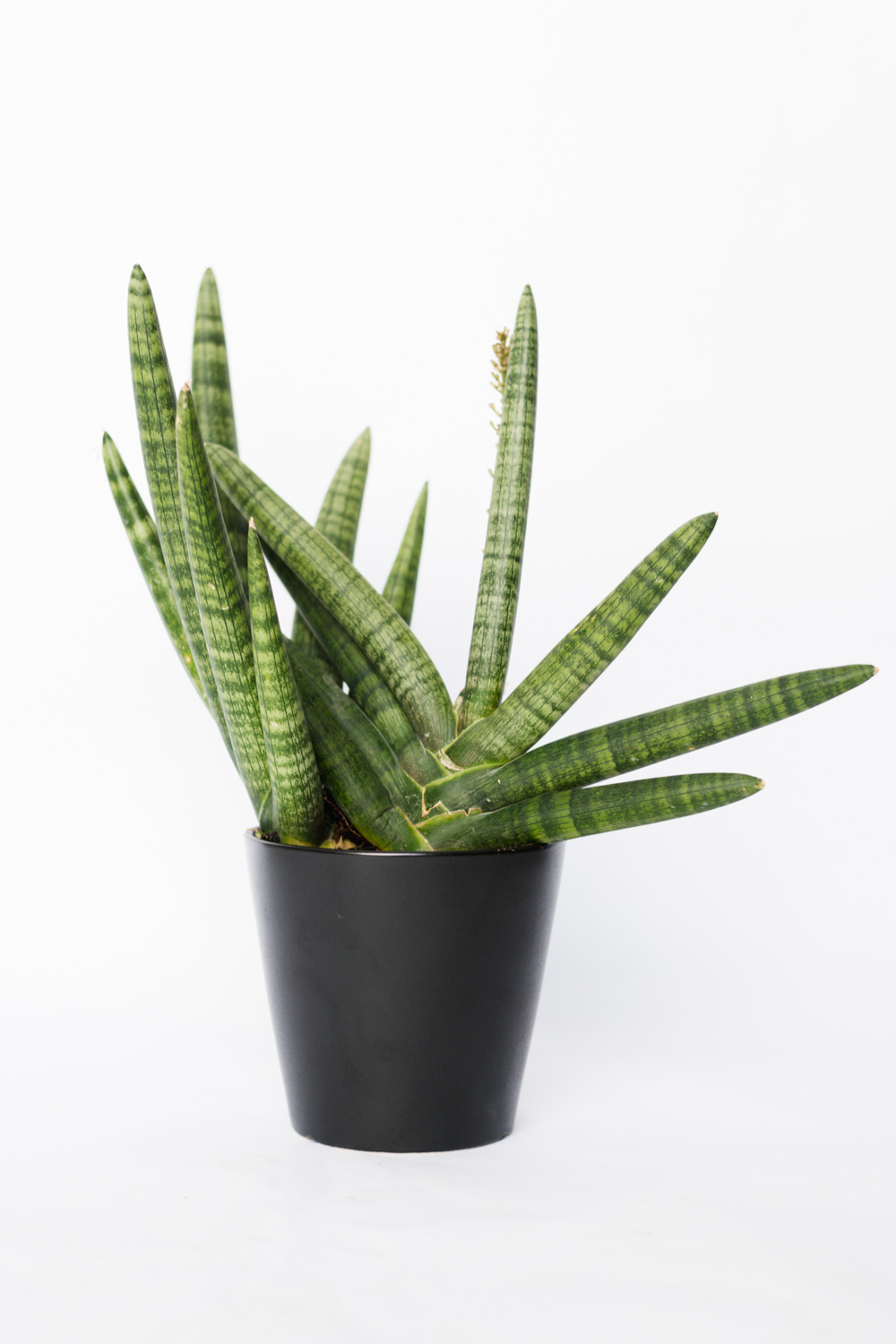
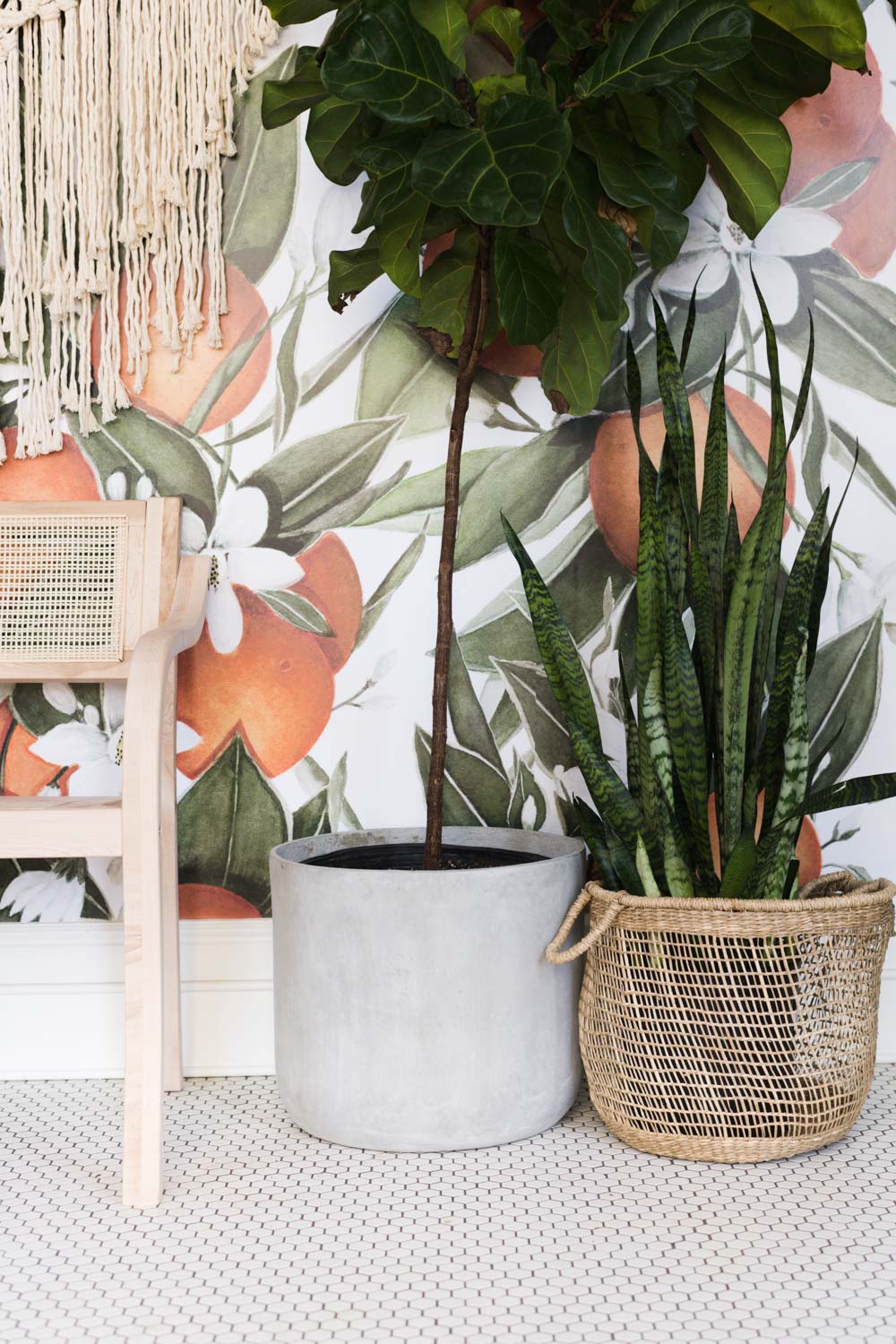
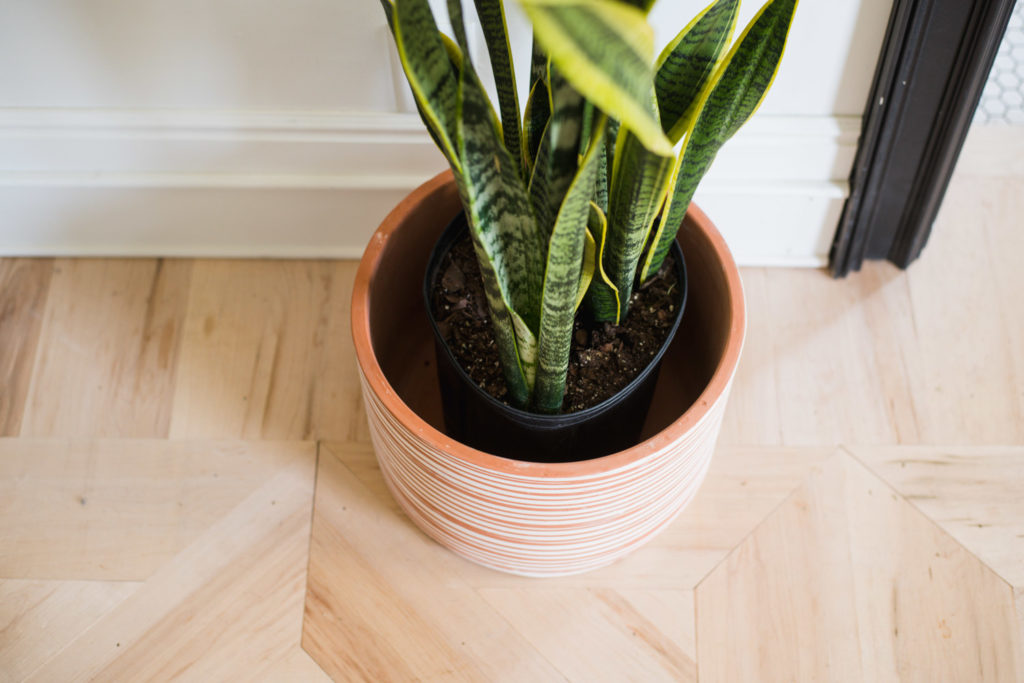
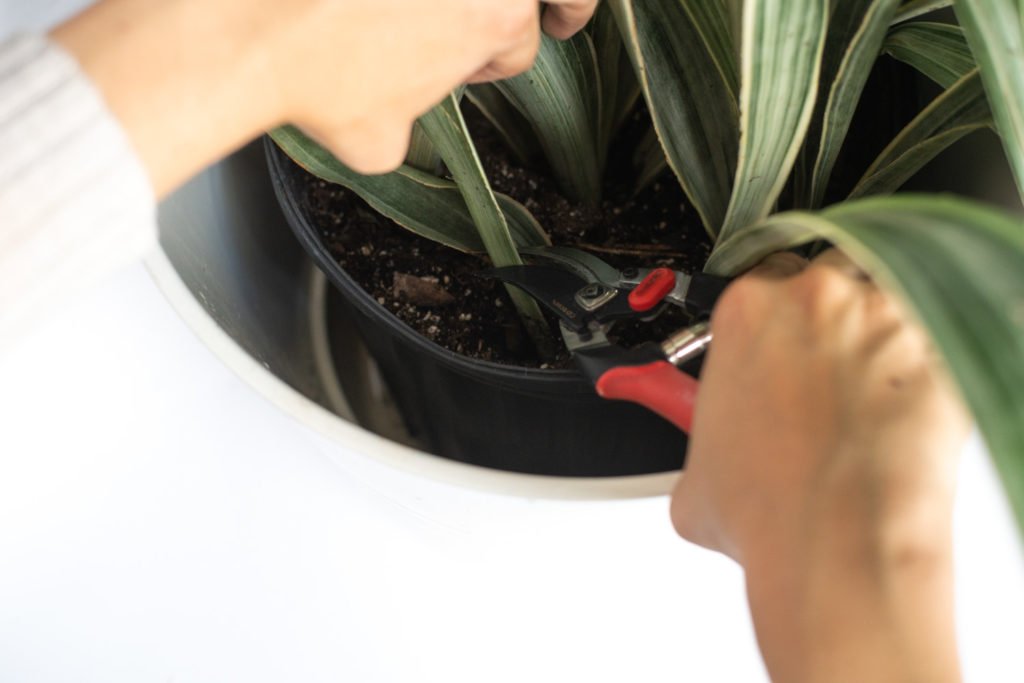
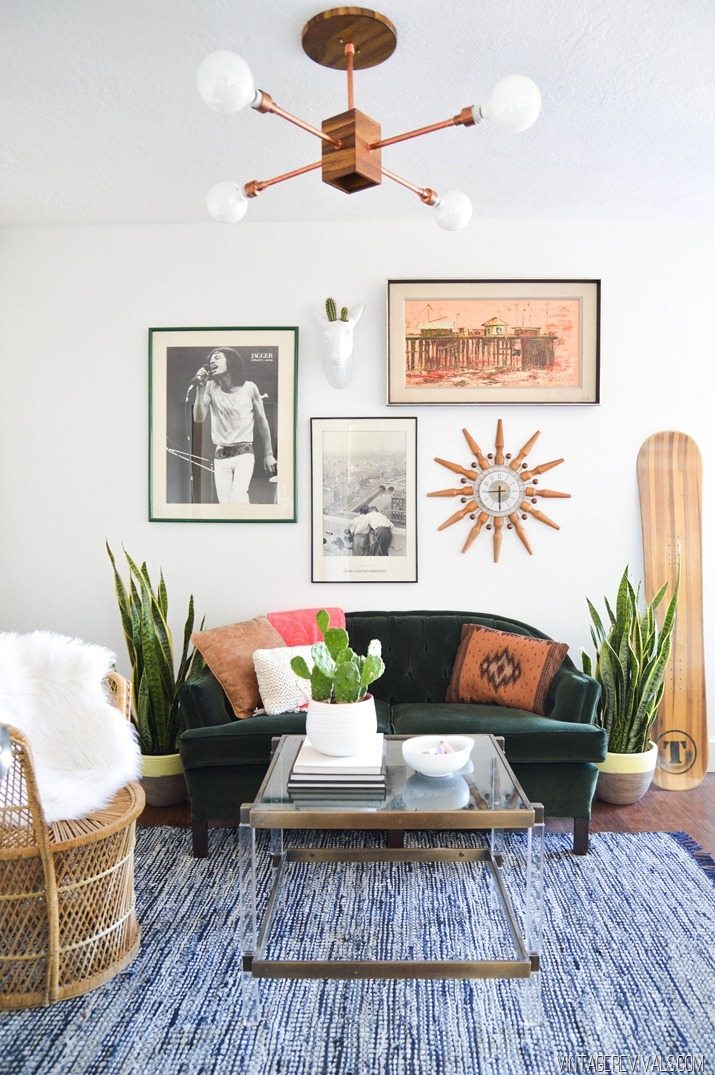
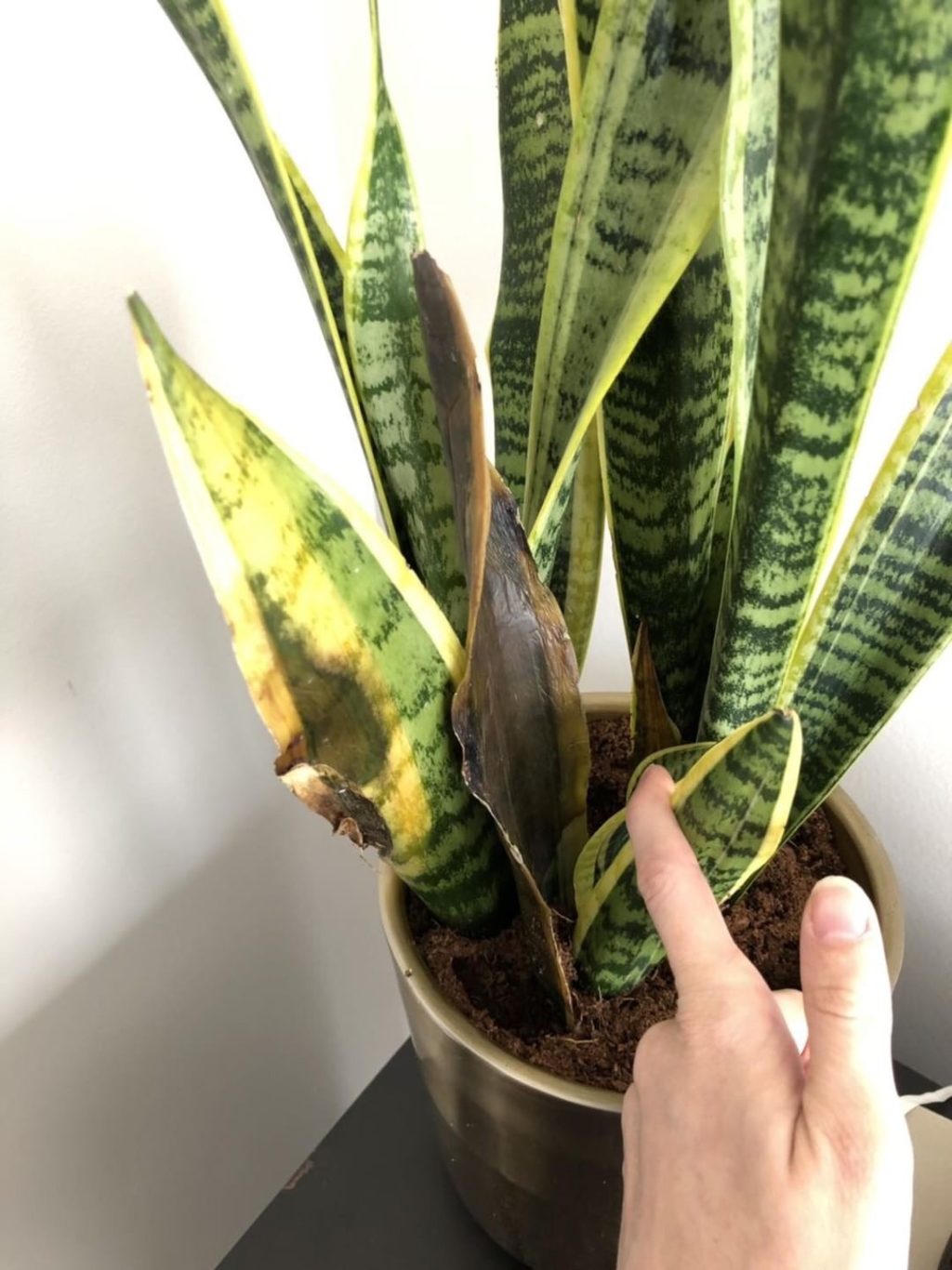
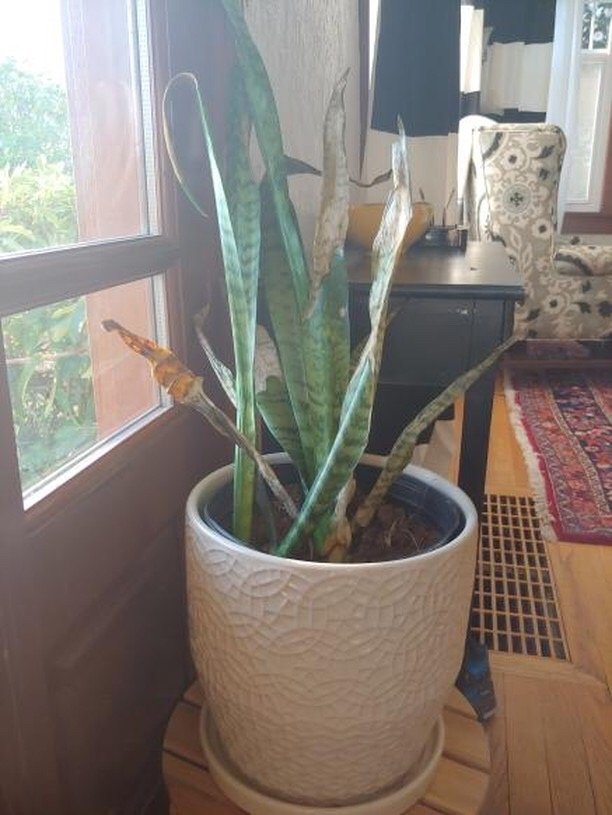
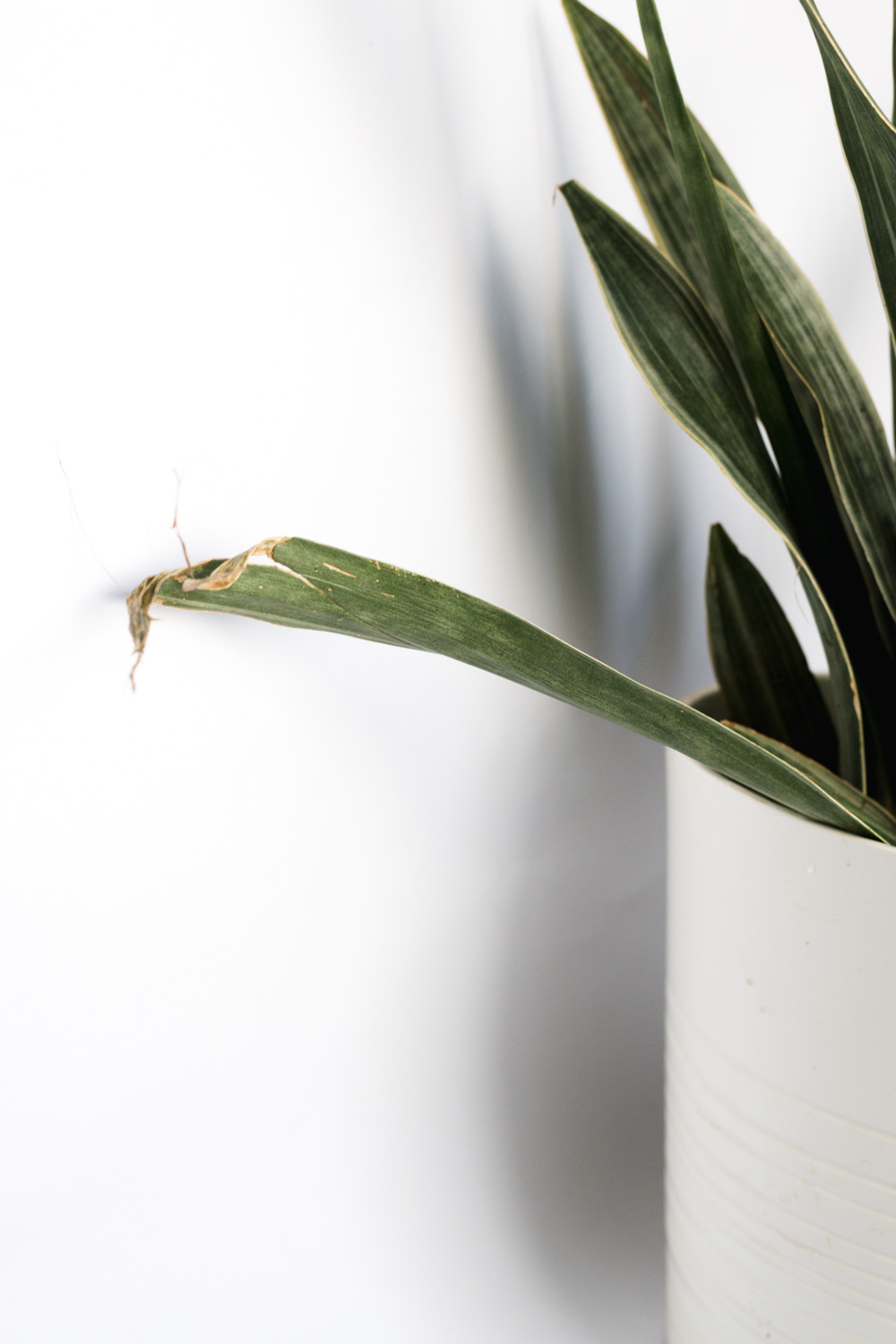
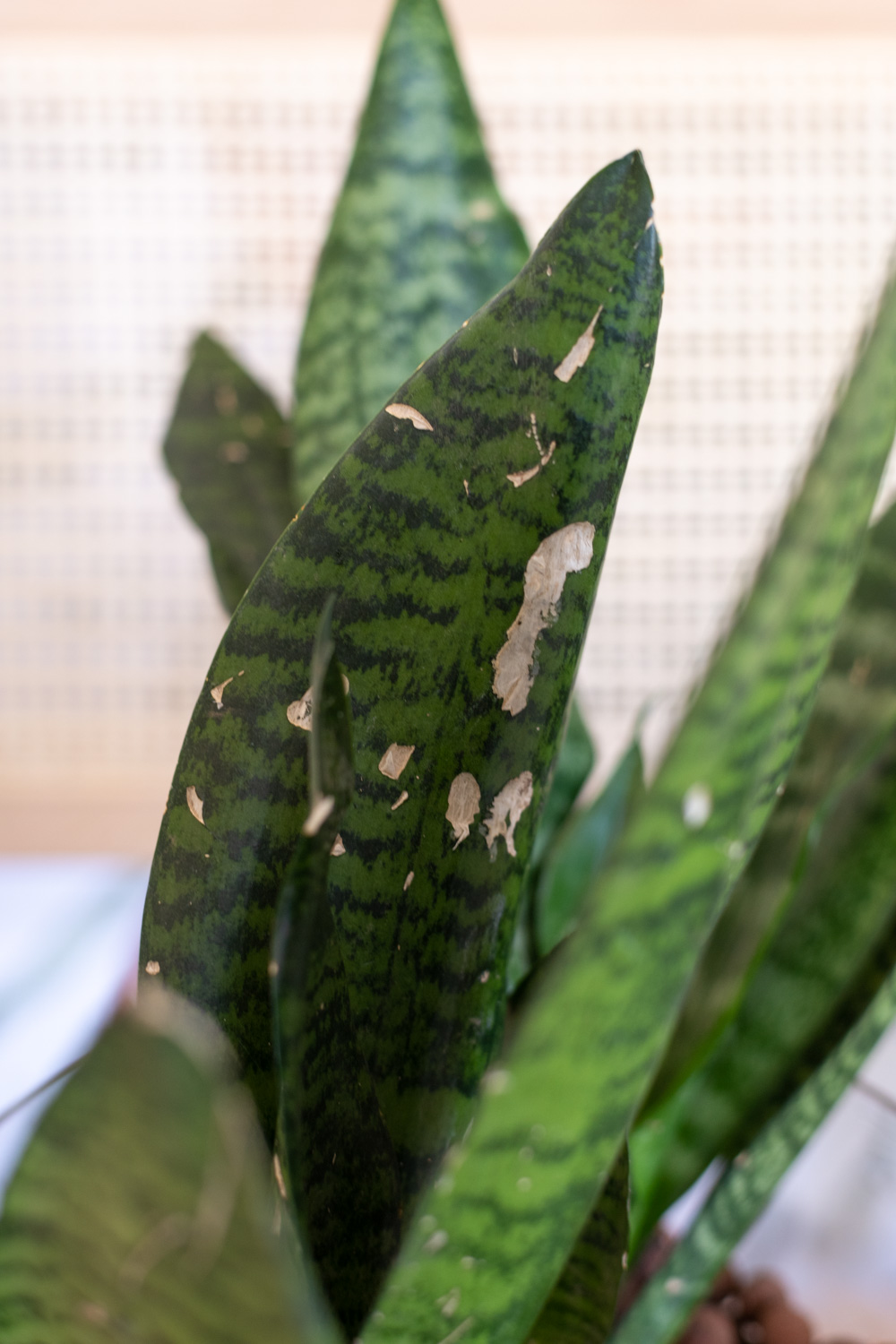
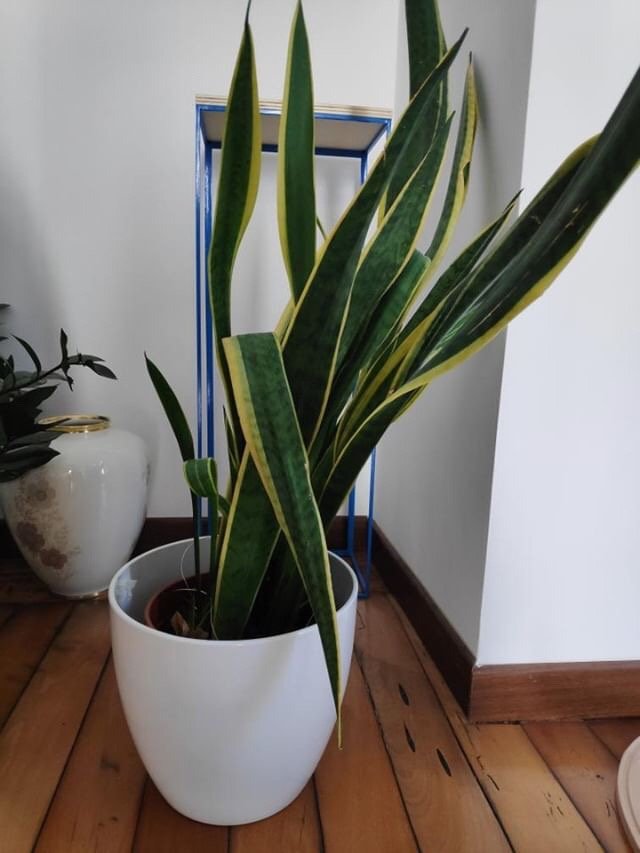
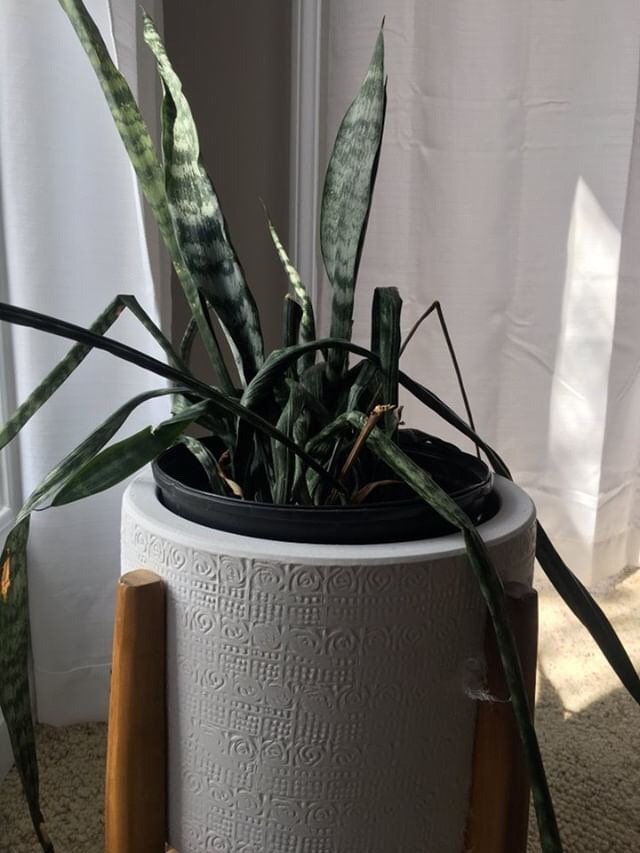
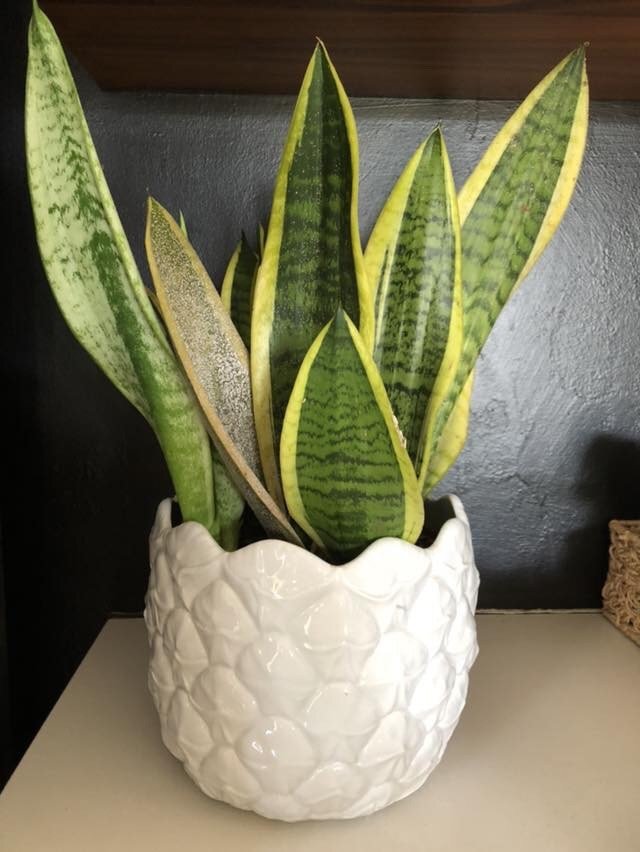
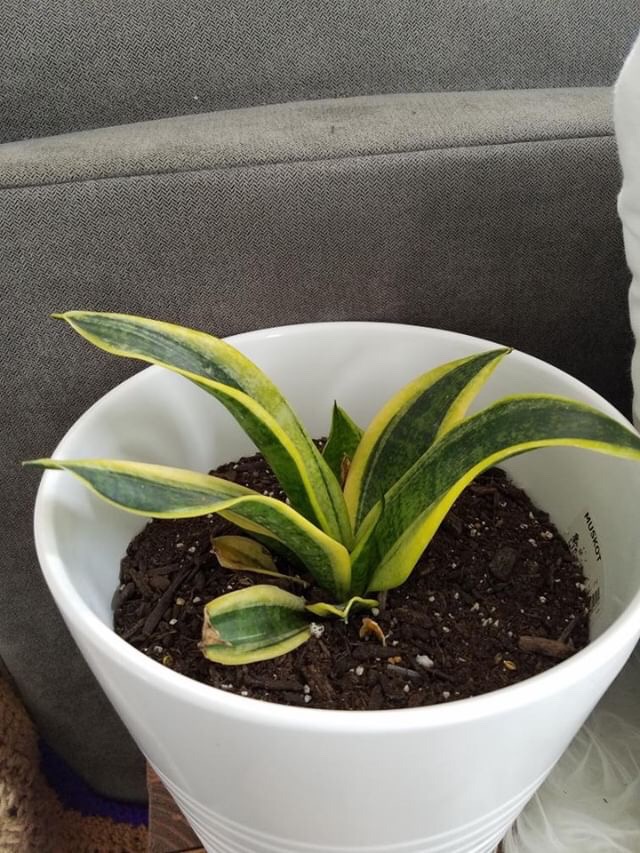

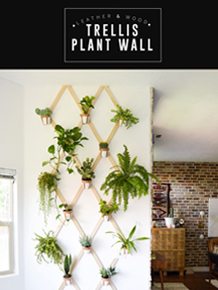
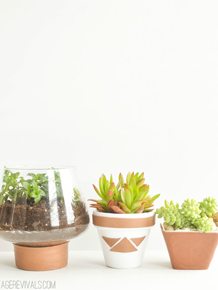
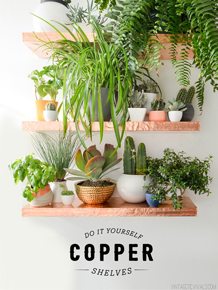
Yay! My scaly snake plant made the blog post 🙌🏽 – now to revive the poor thing…
Great post and perfect timing for me. My mom just gave me her snake plant that has lived in 3 different states and she has had since the 70s! Now I just need to keep it thriving…
I’ve read that once they have brown tips that leaf will stop growing and it’s better to prune and propagate. One, is this true? Two, is it the same for when they’re split or have crunchy spots/high traffic spots? Trying to figure out if I should prune those guys, too. I’m currently nervously propagating a few leaves and hoping I didn’t mess up too much! Crossing my fingers for that lovely resilience!